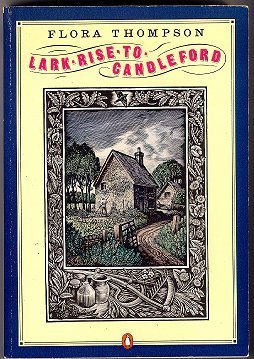What do you think?
Rate this book


247 pages, Paperback
First published January 1, 1939
The singers were rude and untaught and poor beyond modern imagining; but they deserve to be remembered, for they knew the now lost secret of being happy on little.